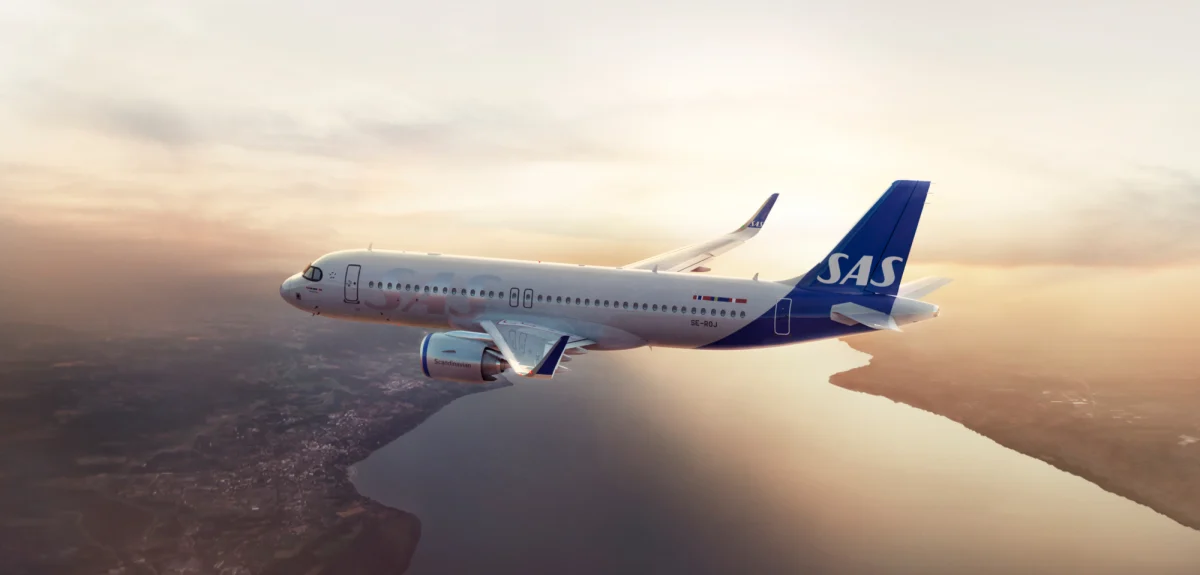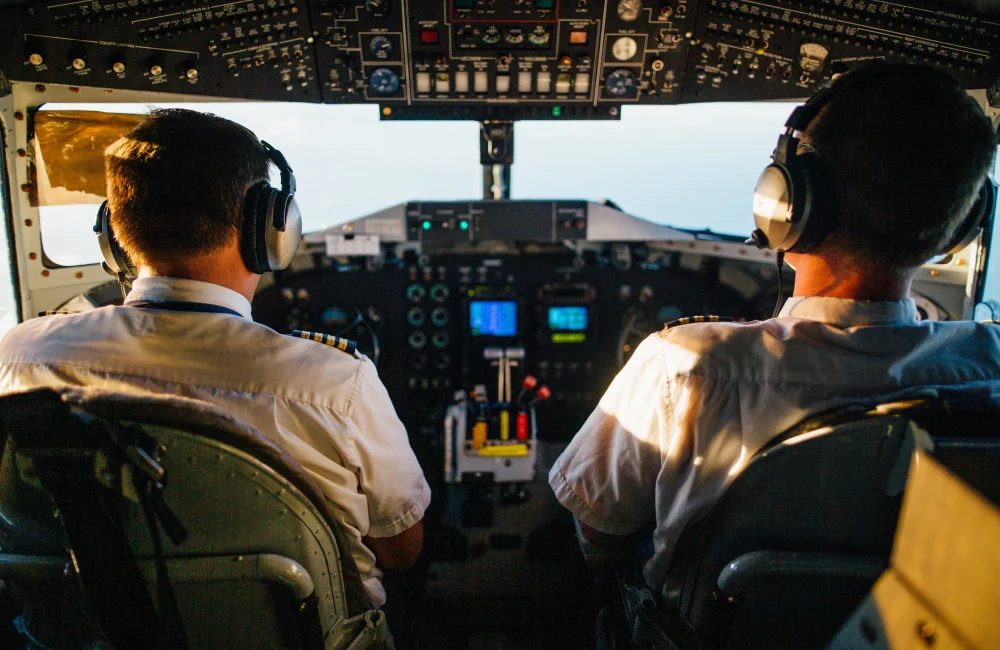
How much does the autopilot actually fly?
For starters, it's never used for takeoff.
The autopilot is a great tool that can be programmed to control the aircrafts’ climb, descent or to make it fly automatically at a set altitude while following a specified flight path. But the autopilot system still needs regular input and constant monitoring by the pilots.
The aircrafts’ speed or configuration (amount of slats/flaps or gear up/down) is always decided by the pilot, depending on weather, distance or fuel economy. These days, aircraft have a Flight Management Computer that helps the pilot make some of these decisions.
Autopilots are never used for takeoff. This is still done manually by the pilot. The Airbus 380 does however contain a feature that allows the autopilot to be engaged before liftoff. Most aircraft have a lowest certified altitude at which the autopilot can be engaged. This is usually a few hundred feet into the climb. The aircraft is normally flown manually until reaching a few thousand feet and the aircraft is clean (all slats and flaps are retracted).
At this altitude the autopilot is usually engaged. This reduces the workload for the pilots and is especially helpful near busy airports and congested airspace as it enables the pilots to concentrate on the busy radio communication and to look out for other traffic. The autopilot also helps assist complicated climb-outs (over hilly terrain), specific noise abatement procedures or low level offs.

Pilots make manual landings around 99% of the time
The autopilot is also used throughout the approach to the runway but is usually disengaged when the aircraft is configured for landing and aligned with the runway.
When there is very low visibility the autopilot can be used for an autoland, but this is very rare, and requires specific airport facilities, special training and certain aircraft capabilities. The autoland feature enables aircraft to land safely when the visibility is so poor that passengers will have trouble finding their way to the terminal when they exit the plane. The autoland is however compromised when there is high wind and turbulence. Slippery runways and gusty and strong winds require decisive manual maneuvering.
The autopilot can be compared with the cruise control feature in cars. You wouldn´t use it when parking, or leaving a parking space, but it is a useful tool when driving on the highway. Another comparison is the laptop used in your work – it’s a wonderful resource, but you need to make the proper inputs. You are still making the decisions.